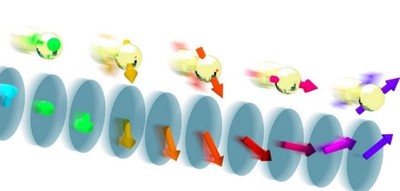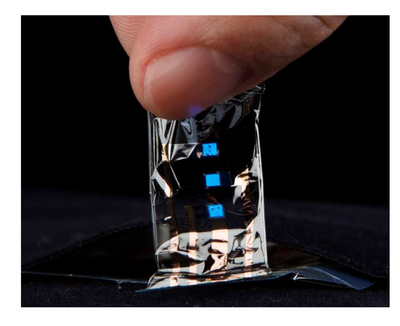Share this
Authors
T. Yokouchi, F. Kagawa, M. Hirschberger, Y. Otani, N. Nagaosa, Y. Tokura
Abstract
An inductor, one of the most fundamental circuit elements in modern electronic devices, generates a voltage proportional to the time derivative of the input current. Conventional inductors typically consist of a helical coil and induce a voltage as a counteraction to time-varying magnetic flux penetrating the coil, following Faraday’s law of electromagnetic induction.
The magnitude of this conventional inductance is proportional to the volume of the inductor’s coil, which hinders the miniaturization of inductors. Here, we demonstrate an inductance of quantum-mechanical origin, generated by the emergent electric field induced by current-driven dynamics of spin helices in a magnet.
In microscale rectangular magnetic devices with nanoscale spin helices, we observe a typical inductance as large as −400 nanohenry, comparable in magnitude to that of a commercial inductor, but in a volume about a million times smaller.
The observed inductance is enhanced by nonlinearity in current and shows non-monotonous frequency dependence, both of which result from the current-driven dynamics of the spin-helix structures. The magnitude of the inductance rapidly increases with decreasing device cross-section, in contrast to conventional inductors. Our findings may pave the way to microscale, simple-shaped inductors based on emergent electromagnetism related to the quantum-mechanical Berry phase.
Nature : https://www.nature.com/articles/s41586-020-2775-x
These Related Stories
